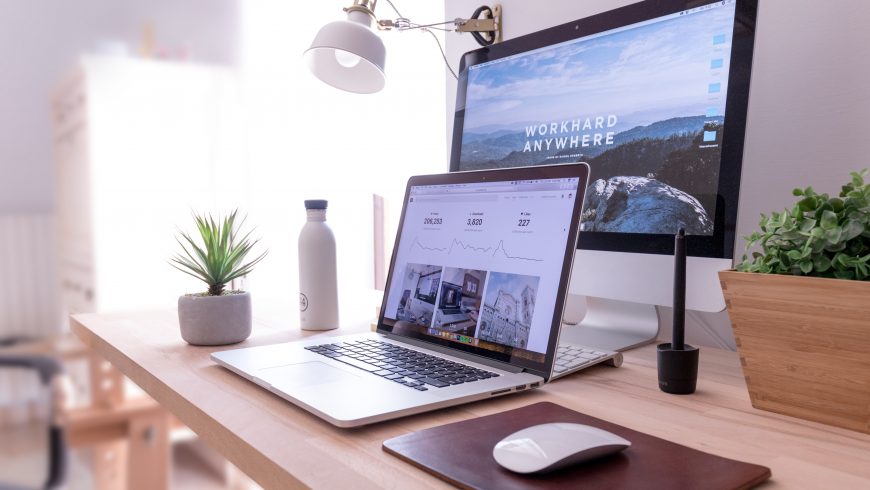Poor air quality is linked to disease. Here are 10 effective ways to improve indoor air quality for healthier and more productive spaces
There is a known fact that the quality of air inside our spaces can be 2 to 5 times worse than outdoors? On average, humans spend 90+% of their time inside. It is a very worrisome statistic that, knowing the fact that there are at least 1.6 millions deaths every year all related to indoor air quality (IAC) complications. This may look pale, especially if you compare to the number of deaths caused by outdoor air pollution, which is 3.4 million. Now, for most facilities, imminent death is not the case, but the risk of serious health effects and numerous diseases are inevitable.
Air Quality: Is also linked to productivity and revenue loss

In a recent study conducted in Harward, the subjects which were placed in an enhanced green environment had a 100% higher score on cognitive tests compared to those in an environment that was poor. In another additional study in Harvard, the researchers divided workers into two closed spaces, one polluted and the other with clean indoor air. The results were astonishing. They saw a 10% increase in productivity from the workers in the clean indoor air, which was quantified as a $6500 gain in productivity per employee.
Also employee absenteeism has seen a 30% increase by poor indoor air quality in the workplace. This does not only mean that workers will be taking more sick days due to air quality, but also the loss in productivity, which equates to a $1.8 million loss for a company that has at least 1000 employees.
How to improve air quality for healthier, more productive spaces

1. Gather Data on the Air:
With a naked eye, there is almost impossible to tell whether your air quality is contaminated or safe. To fix this you can use indoor air quality monitoring so you can track any indoor air pollution, like dust or organic compounds (VOCs), carbon dioxide, and more. These types of gasses are a serious risk for human health.
2. Control Pollutant Sources:
This involves trying to eliminate indoor pollutants by its royce. Regular activities could create pollution, for example: painting, foot traffic and machine operation. That aside, significant indoor contaminations occur with a chemical leak or filter blowouts and other similar anomalies. You have to remove it from the premise, in case the source of pollution can be identified and later removed. In case this is not feasible, you have to take the necessary precautions to seal these sources and store them far away from human traffic.
3. Improve Ventilation:
It may seem as the most obvious one but it is also one of the most underrated one. It is a very simple way to improve your indoor air quality, just by bringing more fresh air from outside into your building. It is worth mentioning that besides increasing your ventilation to flush the contaminated air, your energy consumption will also be higher. This is why air quality monitoring is imperative. Some spaces like production facilities or gyms will require extra ventilations, but most of the spaces will not. The only way to know whether you need extra ventilation is by having the right data.

4. Keep Track of Filters:
Your HVAC system filters have a very important impact for your air quality. To significantly reduce pollution you have to make sure that you have proper MERV rating for your air handling unit system. These types of filters can be warranted with healthcare facilities for increased filtration efficiency.
5. Make Sure Spaces are Clean:
Random stuff in your home such as carpets, furniture, upholstery can trap pollutants from indoor air. By using a vacuum that contains a HEPA filter you could get most of your efforts. You can significantly decrease your pollutant levels through regular maintenance of your indoor levels.
6. Monitor Humidity Closely:
You can easily create a breeding ground for biological pollutants and contaminants by having high temperatures and moistures. To avoid these costly situations like mold growth in your facility, you should always monitor your humidity.
7. Use Air Cleaners:
On the market, there are many air cleaners that claim to clean your indoor air, but it varies. High-end products always have more capabilities of particulate removal than other top devices. In addition, a lot of these air cleaners are not designed to clean air from gaseous pollutants, some more sensitive people might find them not much effective on their own.

8. Don’t Get “Tested”:
It hardly ever results in significant improvements, but indoor air quality testing is a great way to get more information and date of your situation. It’s true that you will be receiving raw data related to your air quality but after that, you won’t have a clear path forward. But I will admit that monitoring continuously will allow you to analyze trends over time and make informed decisions on the future.
9. Consult Experts:
Bringing some help might be the right choice if you are very serious about providing clean air for both occupant experience and operational efficiency. You should get guidance navigating industry guidelines, implementing new technology, or starting a new project, in order to get the most of your initiative.
10. Seek Improvement:
Proper indoor air quality management provides a lot of benefits to occupant health, performance, and comfort, that is well documented. Optimizing your indoor environment will lead to cost savings on filter maintenance, energy expenditure, and complaint management.
Cover image: Photo by Canva Pro





